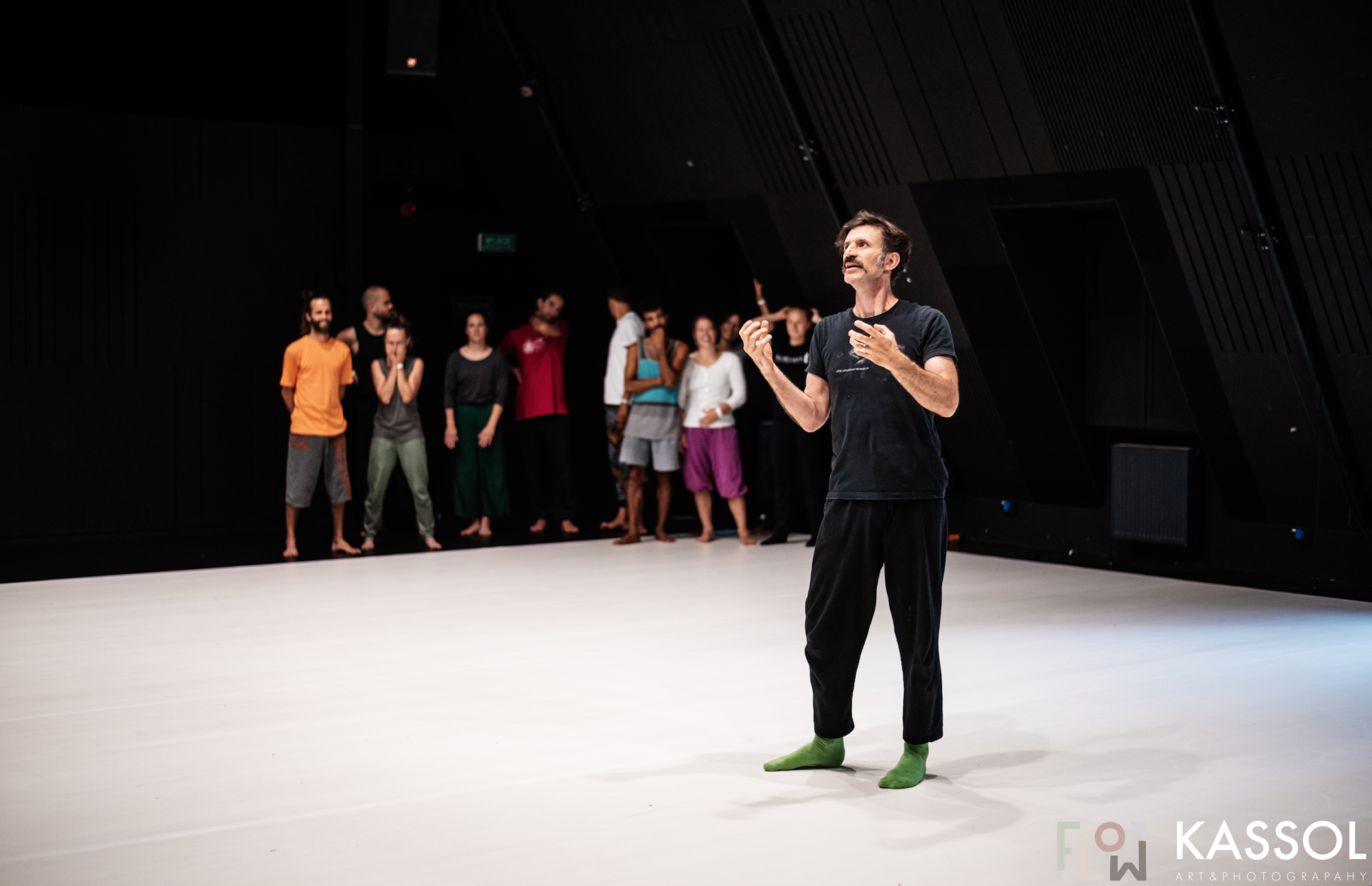Training enables the dancer to be fully bodily engaged in a reflex and able to reflect on it simultaneously. In other words, unifying the body/mind, or rather not unifying as that implies a split, but existing as a whole.
Merely
In several journal articles that I have read, I sense the white male privilege and how it seeps through, even when the article is written by a well educated female, who hopefully has enough education to get beyond or out from under (pun not intended) the white male privilege.
Motion and Emotion
A movement-deficient understanding of emotion is an impoverished understanding of emotion – Maxine Sheets-Johnstone. pg 214 of The Corporeal Turn
Knowing
3D Binary
Where is your #dance located? Applicable to body, space, time and…
Streams of Information
Just as a musician is normally spatially static and yet continually imparts information and aural stimulation to the audience, the dancer has the potential to remain spatially and kinespherically static and impart a continual stream of information and visual stimulation to the audience.
Vowels
There is no “i” in choreography.
Improvisation begins with “u”.
Three Principle Senses of Choreography
Within the scope of theater dance, one finds three principle senses of choreography: the set of embellishments left to the individual artist to select from during an improvisation; choreography as a process of setting movement to then invent original material from during an improvisation; and choreography for its own sake that is brought to a high level of performance.
-a slight rewording of Curtis Carter’s three principle senses of improvisation. From pg.182 of The Journal of Aesthetics and Art Criticism, 2000.
An Nth defintion
Improvisation is a performance that tests a hypothesis.
[ _____ ] is always [ _____ ] of something
“performance is always performance of something”
“consciousness is always consciousness of something”
“plenty is always plenty of something”
“happiness is always happiness of something”
“poetry is always poetry of something”
“inference is always inference of something”
“singing is always singing of something”
“problematizing is always problematizing of something”
“crying is always crying of something”
“reading is always reading of something”
“need is always need of something”
“hope is always hope of something”
“dance is always dance of something”
“shouting is always shouting of something”
“writing is always writing of something”
“listening is always listening of something”
“wanting is always wanting of something”
“hate is always hate of something”
“sadness is always sadness of something”
“fear is always fear of something”
“lack is always lack of something”
“community is always community of something”
“painting is always painting of something”
“thinking is always thinking of something”
“eating is always eating of something”
“love is always love of something”


